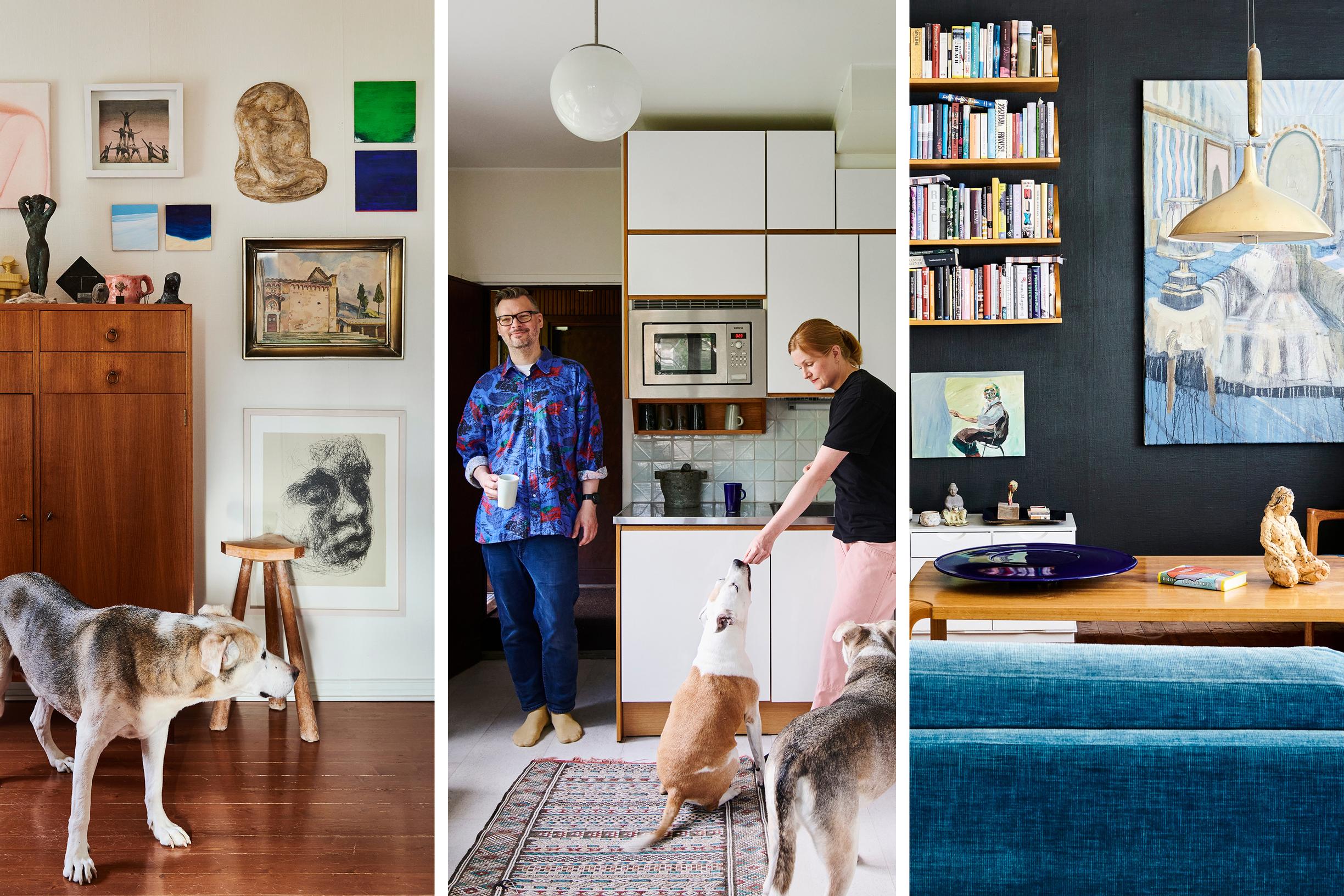
Jussi bought his beloved grandmother’s house—furniture and all: “History makes the house meaningful”
Artist couple Jussi and Aura transformed grandparents’ old wooden house into a home that reflects their style, while preserving the traces and layers left by previous generations.
A newer residential area hides a well-kept garden and a roomy 1940s wooden house from passersby. It previously belonged to the visual artist Jussi’s grandparents, who designed and built it themselves. After his grandmother passed away and the house stood empty, Jussi decided to purchase it.
A 1960s addition was originally used as a TV room. For Jussi and his partner Aura, they first used it as a guest room, and now it serves as their shared workspace.
Art has always been at the heart of this unique house. Jussi’s grandfather was an avid art enthusiast who collected contemporary works from Finland and abroad. Although Jussi and Aura renovated the house to suit their own style, art is still front and center.
Home: A three-story wooden house built in the 1940s and expanded in the 1960s, located in Vantaa, Finland, with a total floor area of 160 square meters.
Residents: Visual artists Jussi, 48, and Aura, 42, live here with their dogs Java and Pete.

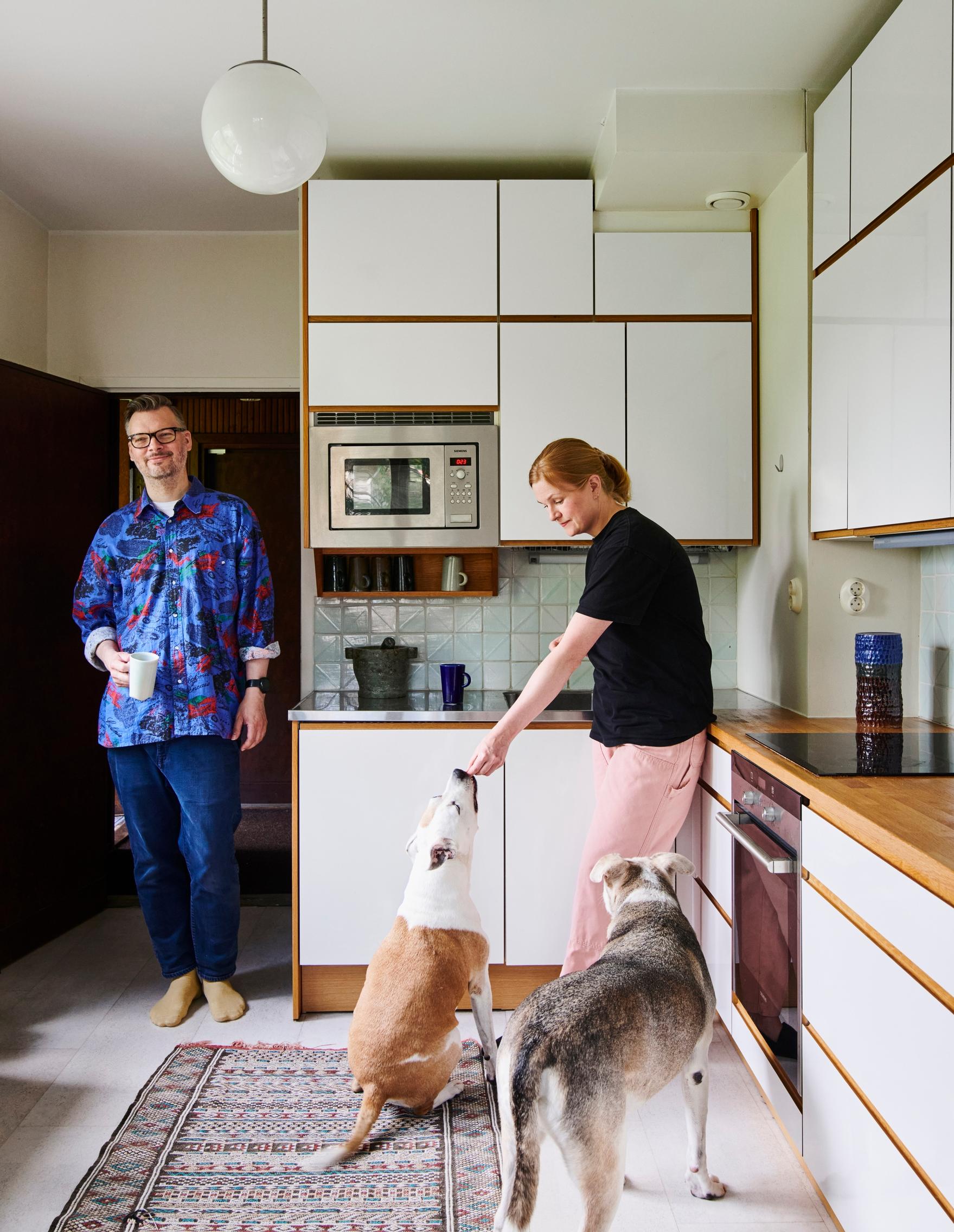

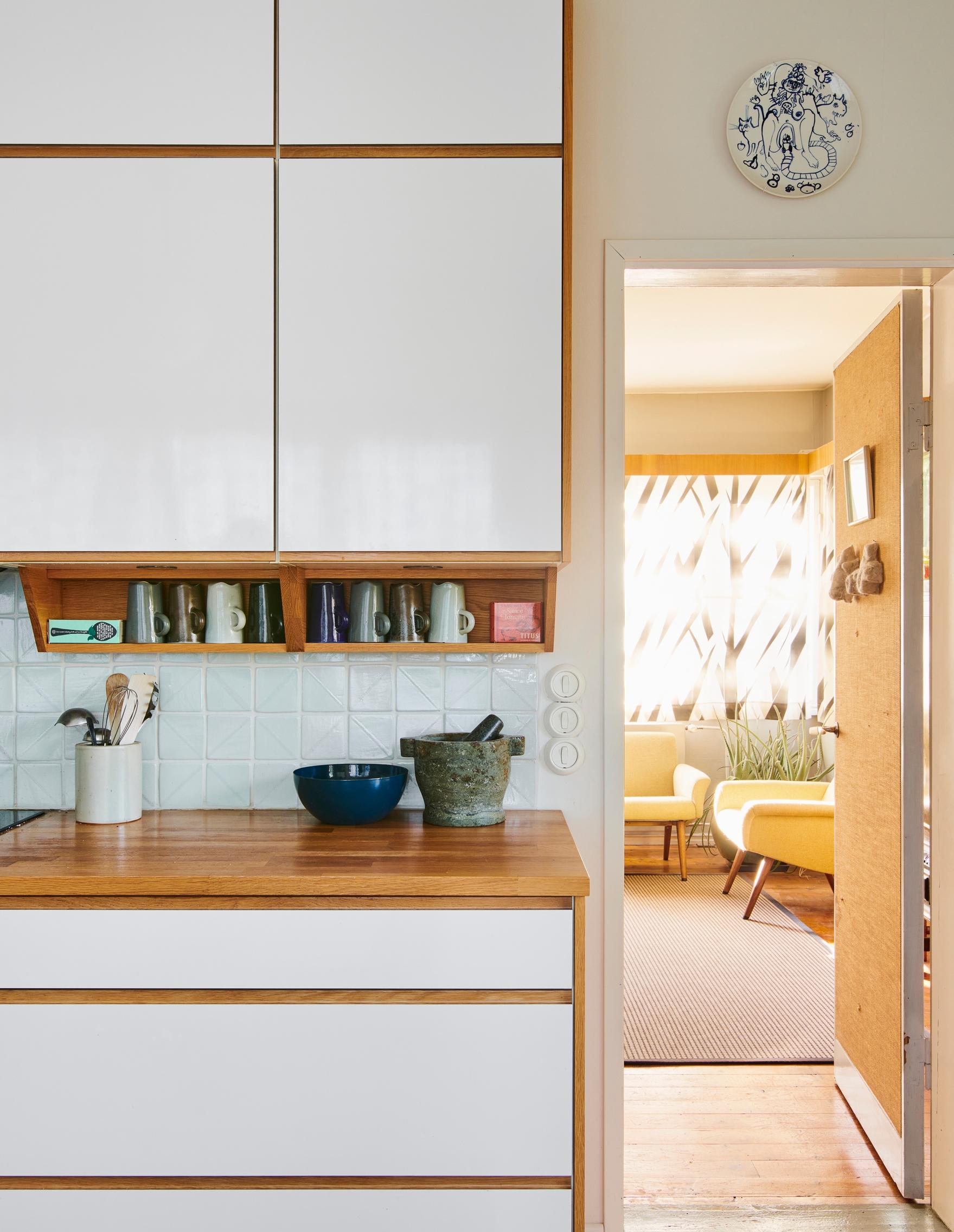

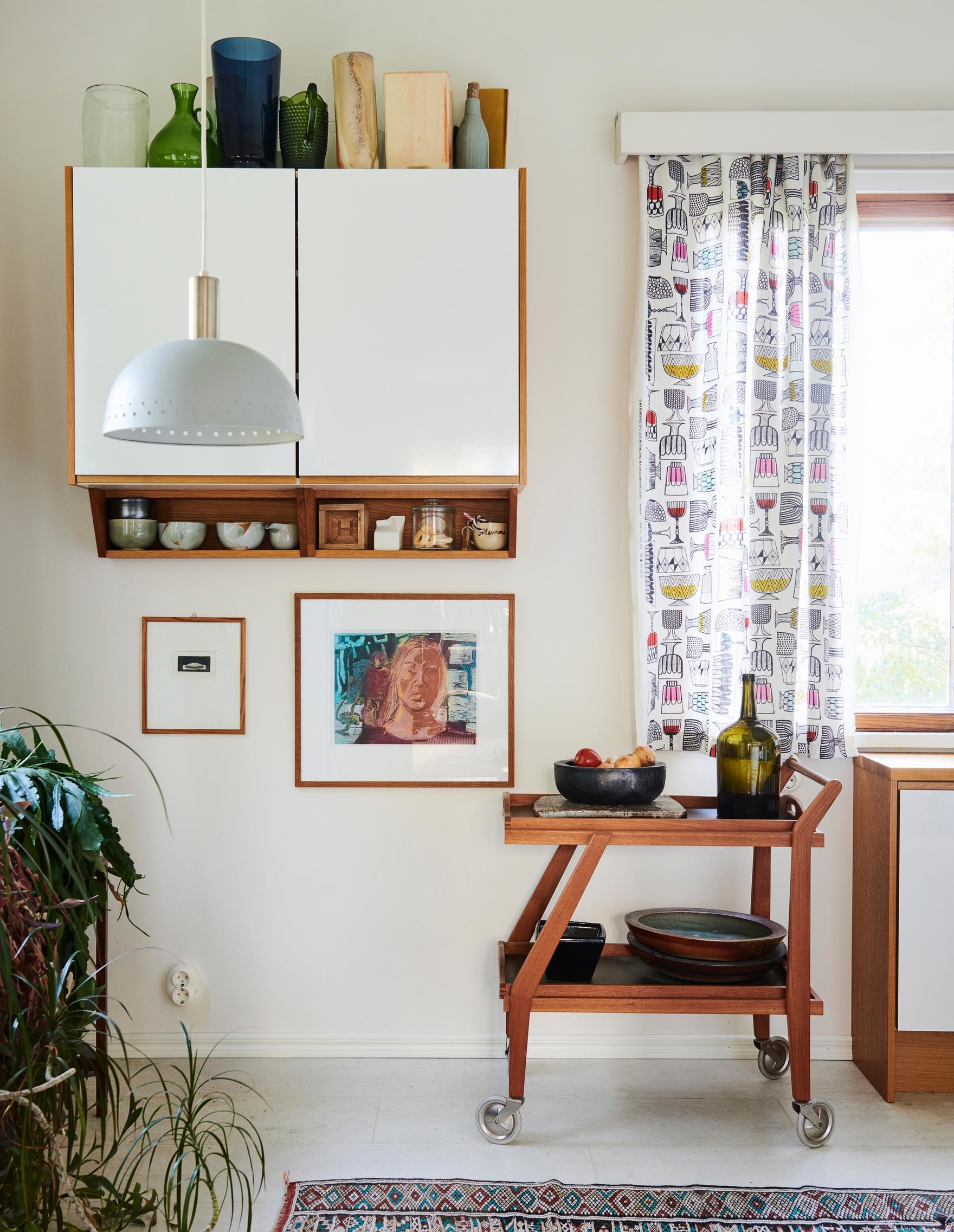

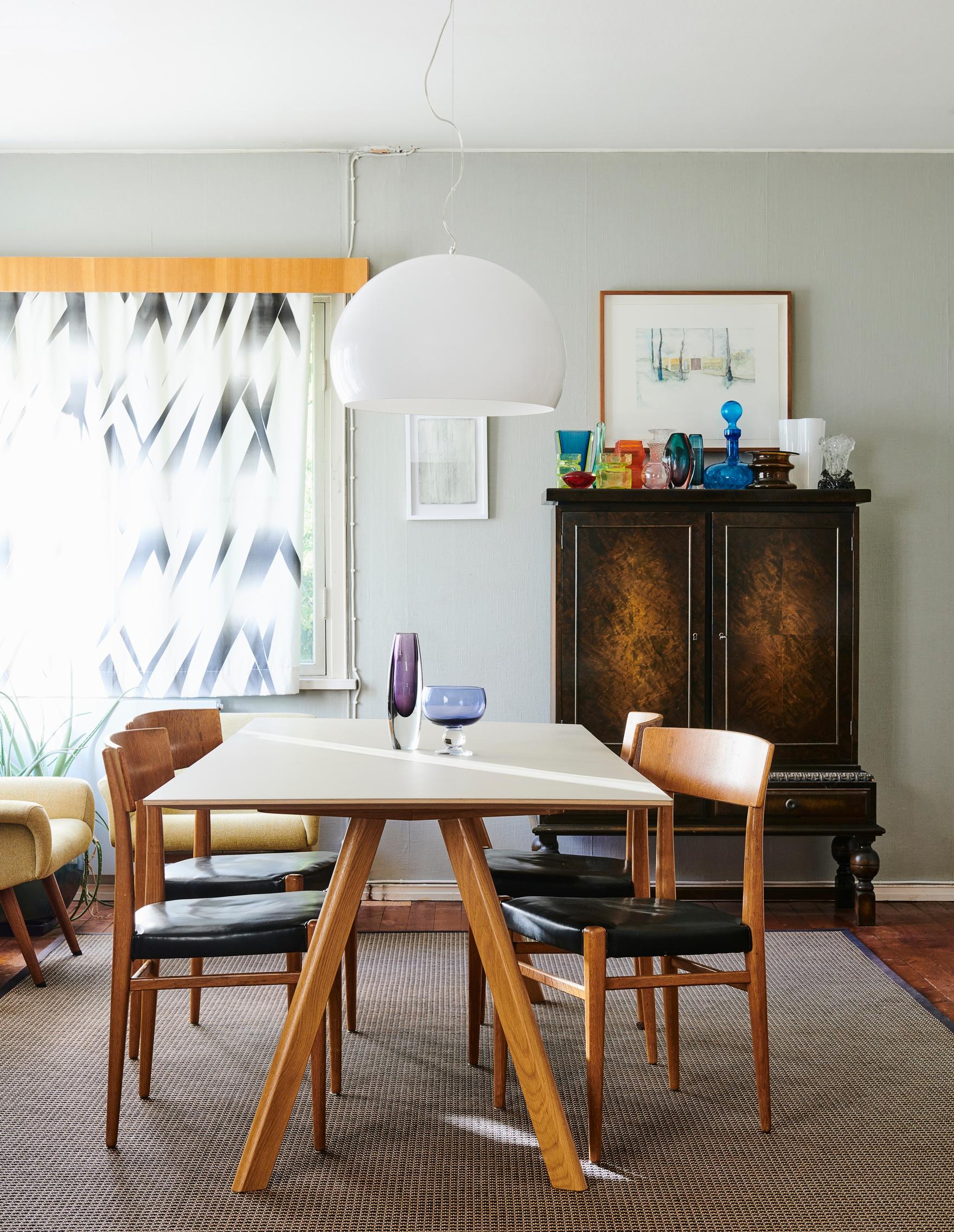
What does this house’s history mean to you?
Jussi: The house belonged to my grandmother, and I spent a lot of time here as a child, so it’s always been special to me. The entire big property and the distinctive, spacious house felt mysterious when I was young. I dreamed of living the way my grandparents did when I grew up—and that’s exactly what happened.
Was it difficult to begin making the house your own?
Jussi: At first, it was tough to move on from my grandparents’ choices, but that feeling eased year by year. The property needed extensive repairs because most of the house’s systems were at the end of their lifespan. We had to dive in. We replaced the oil heating with geothermal, renewed the sewer, water pipes, the roof, and the drainage. We also redid the exterior siding and restored some windows. We replaced the original kitchen, and I added another WC on the main floor. Obviously, we didn’t do all this at once—it happened gradually over the years. I don’t question whether I can make changes anymore. You never run out of things to fix in a wooden house. The sauna still needs a renovation.

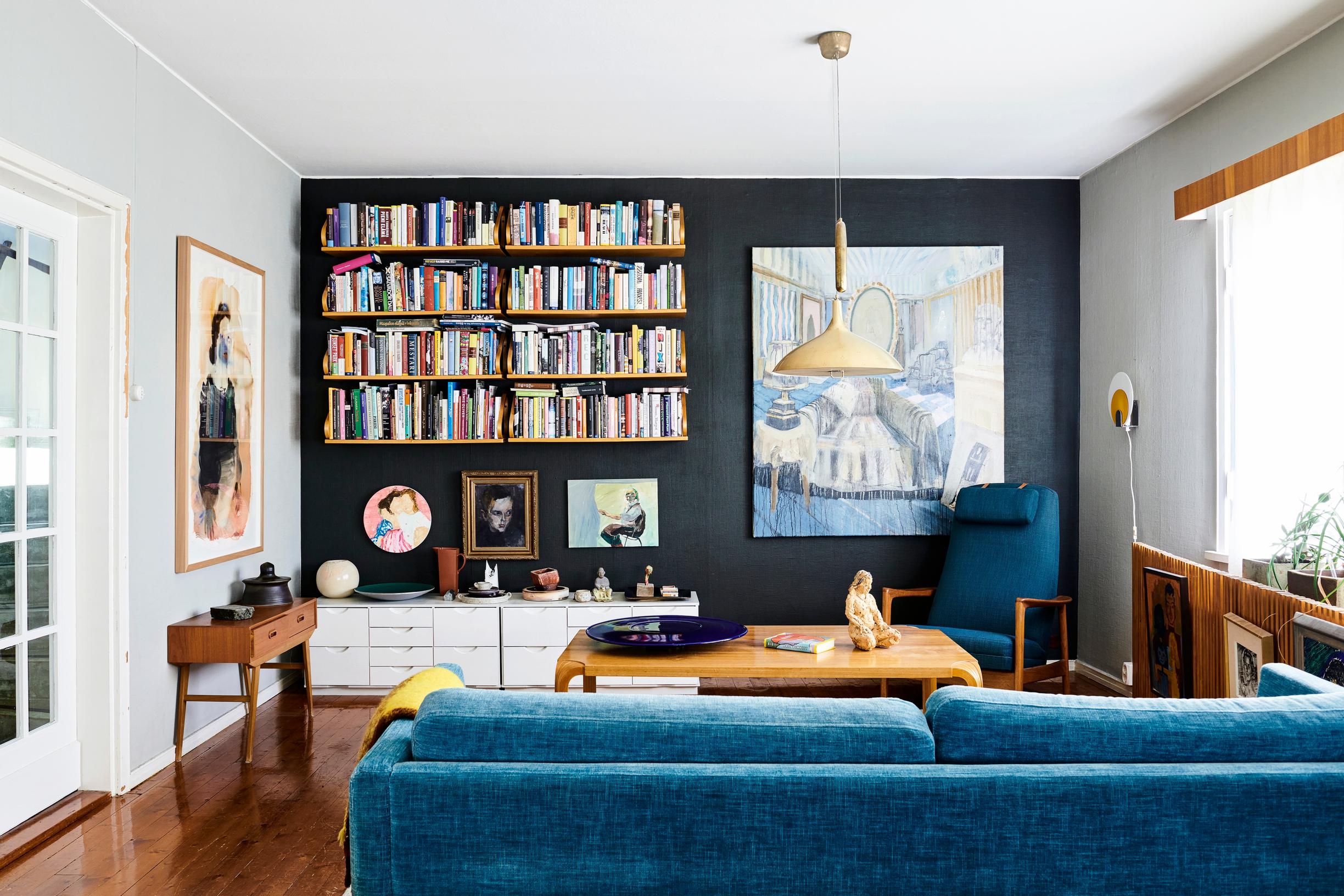


“I took over the house fully furnished. At first, I knew exactly where everything had been when my grandmother lived here, but over time, as we rearranged things, I couldn't remember anymore.”Jussi

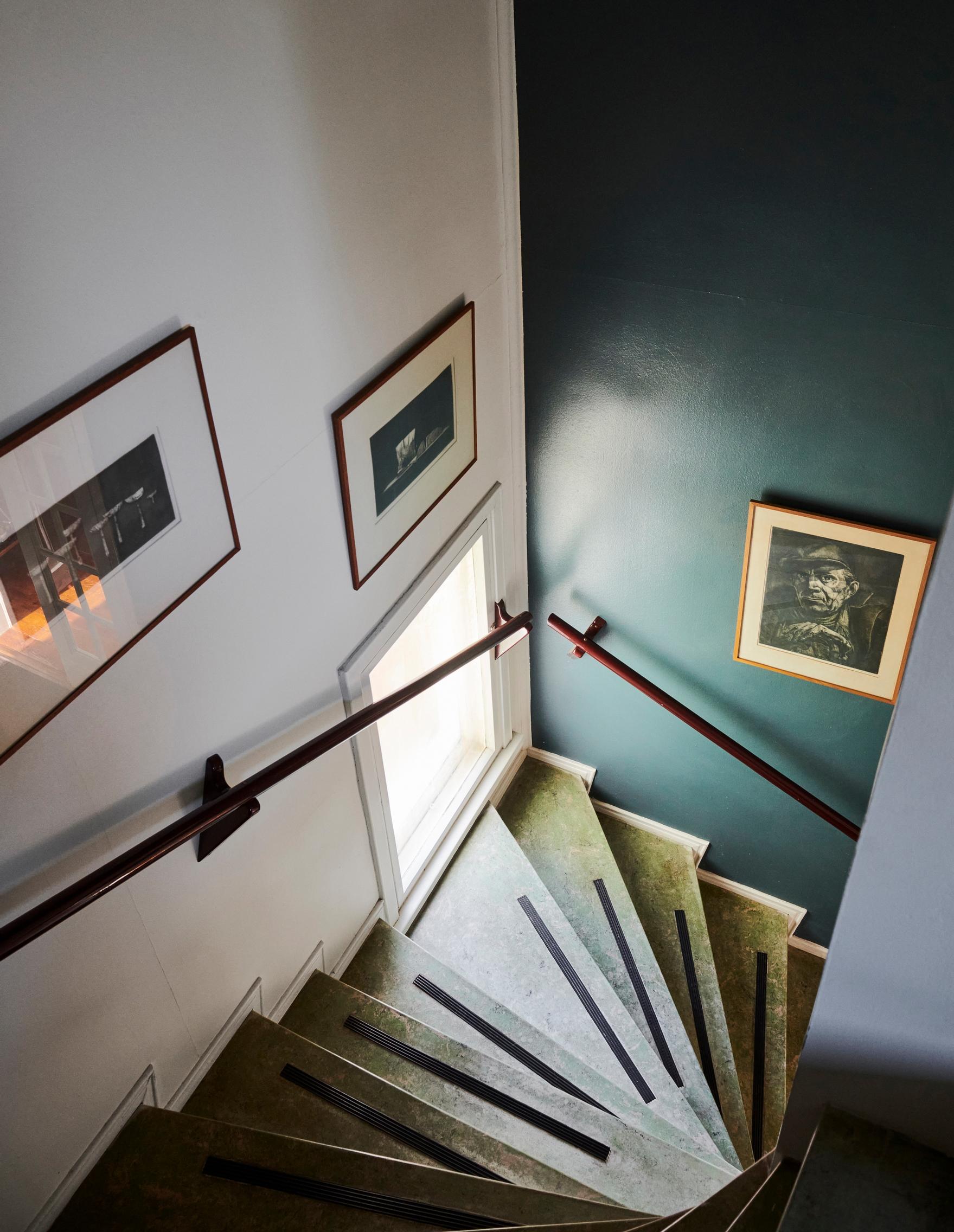



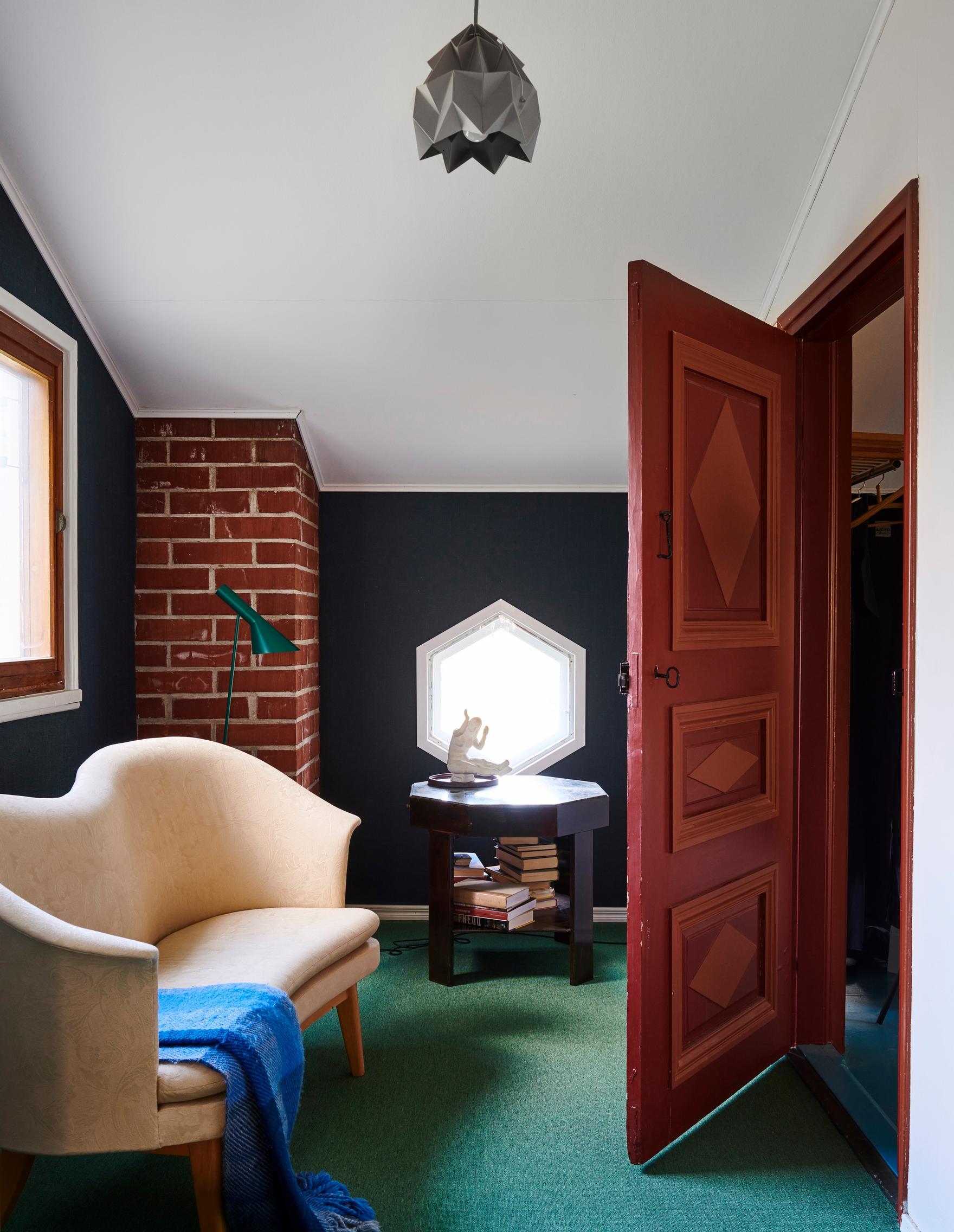
How did the interior design come together?
Jussi: I took over the house fully furnished. At first, I knew exactly where everything had been when my grandmother lived here, but over time, as we rearranged things, I couldn't remember anymore. I felt a lot of nostalgia for everything. Letting go of items that didn’t even work anymore, like the broken radio in the living room corner, was surprisingly tough. Sorting through everything was a huge job, because I didn’t just inherit the cabinets—I got everything in them too.
Aura: When I first moved in, it felt a bit like a museum, as if someone I never knew had designed it. We often debated whether to keep things we didn’t actually use. Now, the place really looks and feels like ours. A lot of the furniture comes from both Jussi’s family and mine. We’ve hardly bought anything new—just the bed, sofa, and dining table—and we’ve had some pieces reupholstered.
“I find homes without art quite bewildering. You can never have too much art.”Jussi
What kind of decorators are you? Do you have similar tastes?
Aura: We’re quite relaxed. We rarely stress over where to put things, and usually they just end up where they feel right. We mostly discuss where to hang the art.
Jussi: Aura is more open-minded than I am. She comes up with ideas like ornate patterned curtains or a plastic lamp that looks like a fried egg. She’s great at nudging me out of my nostalgia and suggesting perspectives that create an exciting blend of styles.
You have a lot of art. What does it mean to you?
Aura: We own a lot of pieces by artist friends. It’s wonderful to see them on our walls. Maybe the art says more about our life and the people in it than anything else.
Jussi: The layers in this house carry over into the artwork. Our friends’ pieces mix with what Aura’s father collected and what my grandparents once bought. Art is such a big part of our life that it would feel strange not to have it on our walls. Personally, I find homes without art quite bewildering. You can never have too much art.

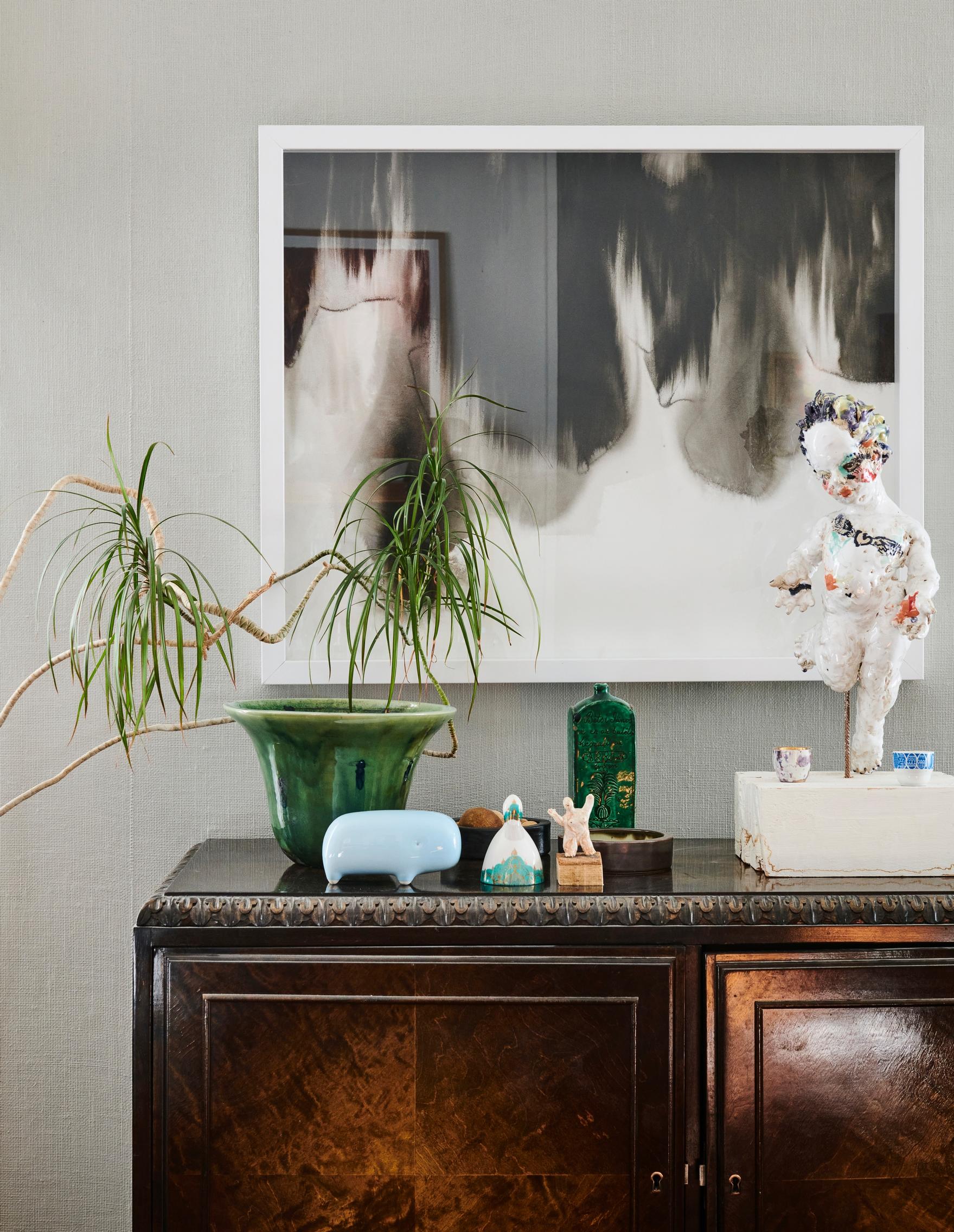

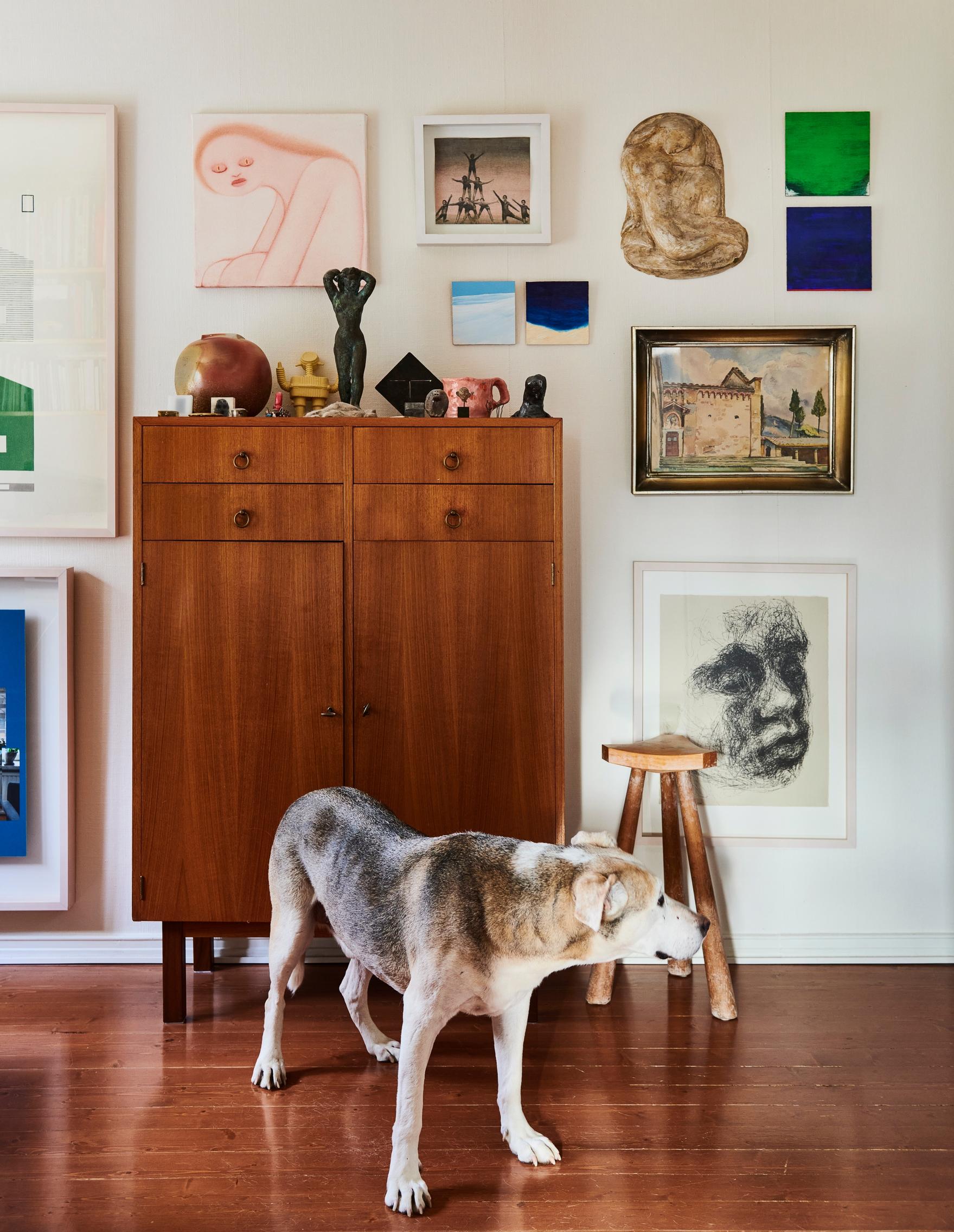


Is it easy to decide where your art goes?
Jussi: We consider it carefully, given our professions. We think about how to display each piece and how it fits the space. Nothing is set in stone, and a piece’s character can change depending on what it’s paired with. Sometimes we’ll even use a piece to cover an old screw hole.
Aura: We rotate our artwork quite often. Sometimes we bring a piece out of storage and rediscover our love for it.
“We’re not too serious about color. I often think, ‘What a gorgeous shade—let’s see if we can use it somewhere.’”Jussi

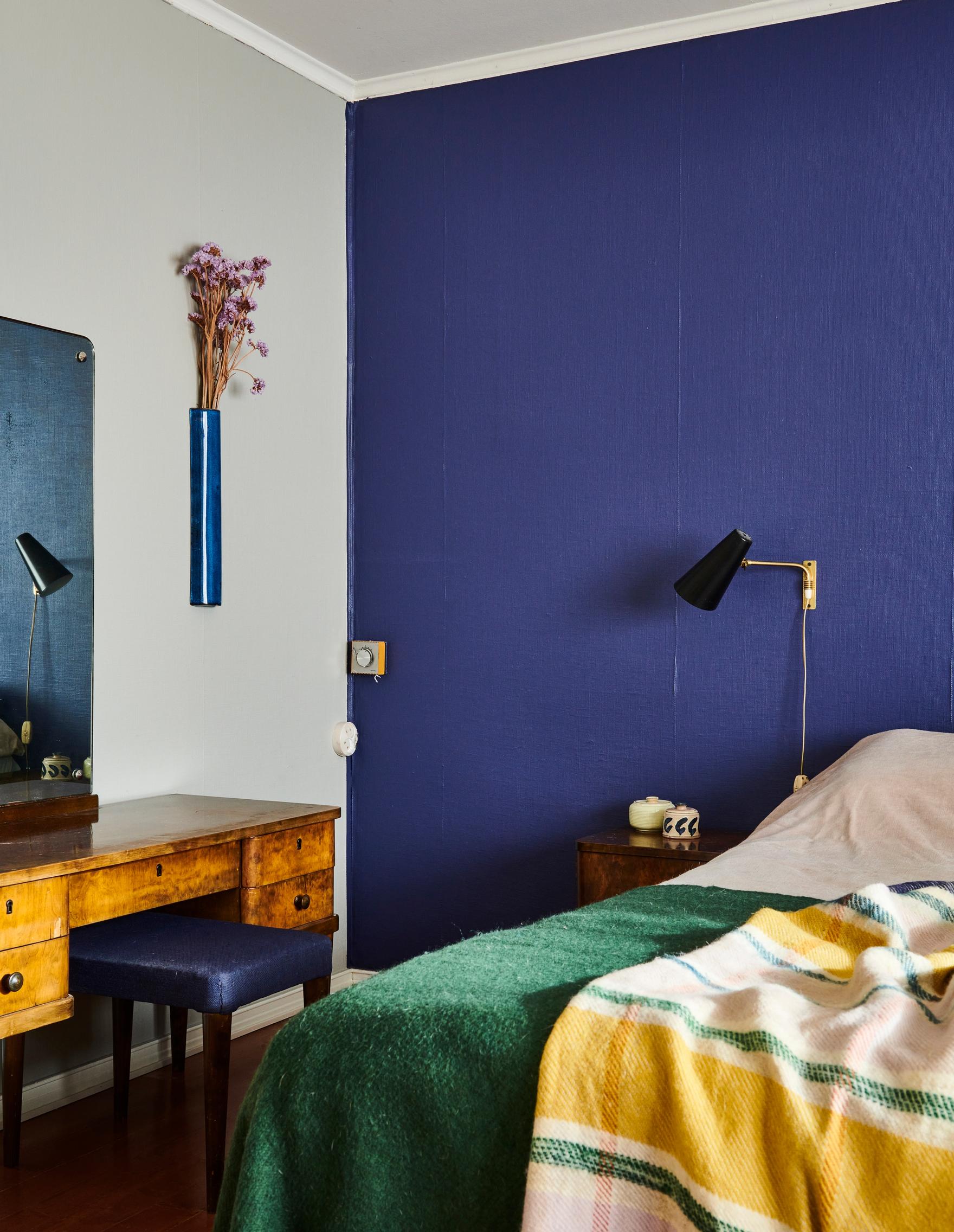

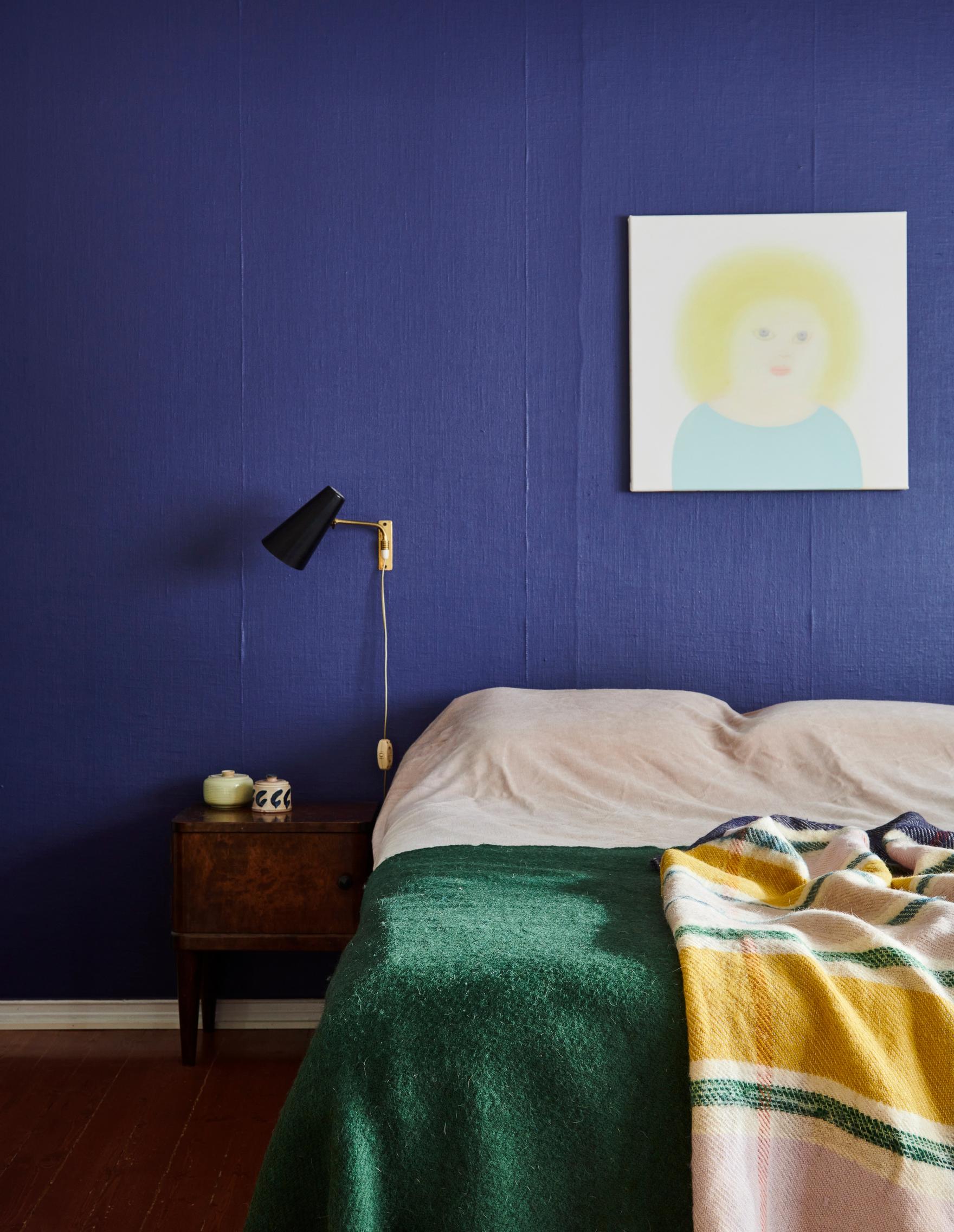
Your home is full of color. How do you feel about color?
Jussi: Color, like art, is woven into our everyday life and work, and we enjoy experimenting with it.
Aura: We’re not too serious about color. I often think, ‘What a gorgeous shade—let’s see if we can use it somewhere.’ I also like lighter interiors, but if I’m going to paint, I might as well go vivid. Since this is an old house and we want to care for it responsibly, we look for paints that meet our ecological standards. And we only renovate when it’s really needed.
What do you love most about this house?
Aura: I love how many distinct rooms it has, and the unique features—like the staircase leading upstairs and the spacious landing.
Jussi: Its history makes it meaningful. It’s amazing how many people over the years have left their mark on how it looks now.


